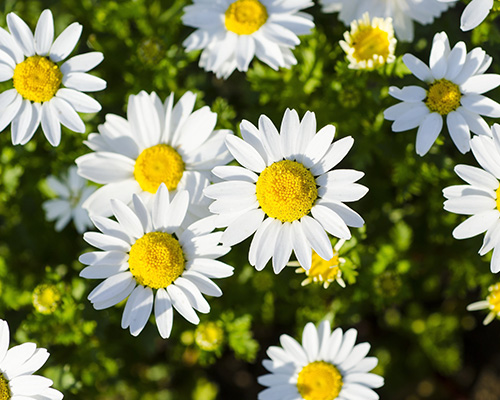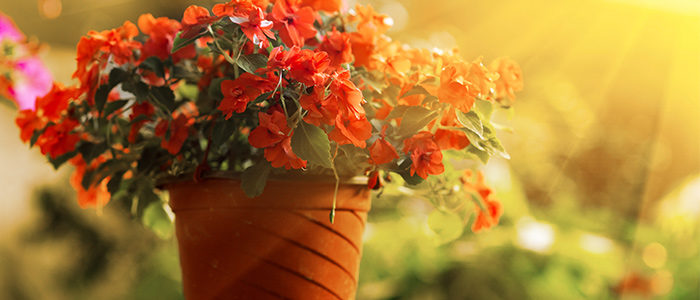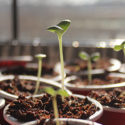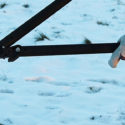Looking to cultivate some perennials in your sunny garden? Here are six easy to grow perennial flowers perfect for you!
Purple Coneflower
Purple coneflowers, also referred to as Echinacea, are one of the perfect perennials for sunny areas. Once you have your seeds, loosen your soil with a tiller or other gardening tool, going roughly 12 to 15 inches deep. Mix in a layer of compost (about three inches). Plant the seeds in well-drained soil between one to three feet apart. If you do not get a lot of rain, be sure to water your purple coneflowers regularly during the summer months.
Cut off the faded flowers to extend the blooming season and prevent your coneflowers from self-seeding excessively. This particular perennial thrives the best if you plant it during the spring.
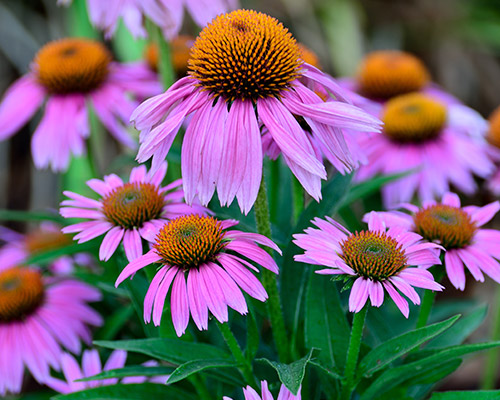
Black-Eyed Susan
The best planting time for black-eyed Susans is between March and May for most areas in North America. This timing means you will see flowers from June to September. Make sure you plant the seeds in moist, well-drained soil for the best results. They do prefer full sun, though they will also grow in partial sunlight.
Black-eyed Susans do spread, so keep that in mind when spacing your seeds, particularly around other plants. Also, divide the perennials types every three to four years to manage this.
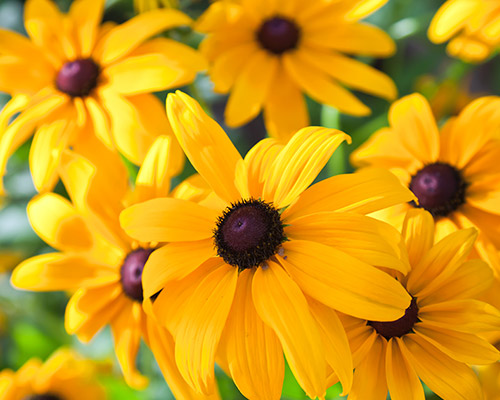
Peonies
Peonies thrive when you plant them, in full sun of course, in the early fall. Make sure you have them in fertile and moist soil, no more than two inches beneath the surface.
You may also wish to use compost to help enrich the soil, though you need not continue with this too much after planting (once every few years is sufficient). Plant them away from shrubs and trees, and about three to four feet apart so the air circulates well.
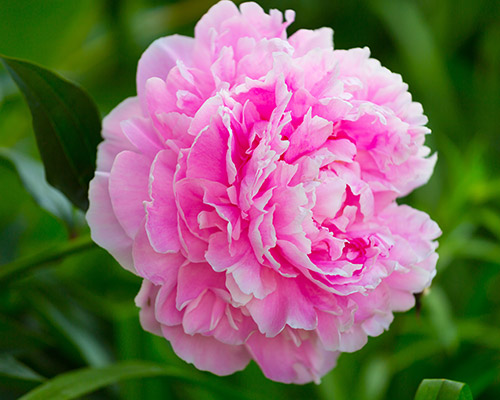
Delphinium
Delphiniums come in shades of blue, white, pink, and purple—thriving in full sun with shelter from any strong winds. Plant this perennial in the spring with some compost mixed in with the soil. Note, some delphiniums are annuals or biennials, so make sure you pay attention to the package of seeds and you buy one of the perennial versions.
You will also want to use supports when the plants are growing at around 12 inches high. Water these flowers regularly and with liquid fertilizer, particularly if you do not receive a lot of rain in your area.
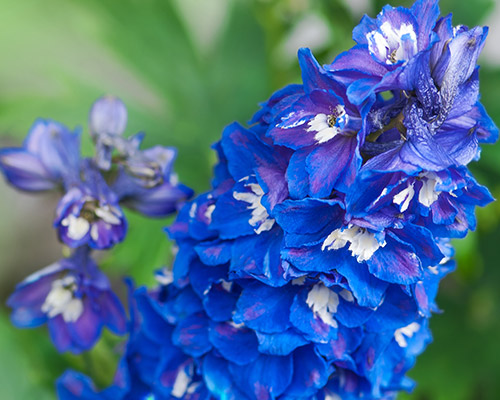
Bearded Iris
Make sure you plant this perennial in mid to late summer, where it will receive a minimum of half a day of full sun in well-drained soil. They will thrive the best without other plants, so consider a separate area.
Try to mix a layer of compost, about three inches, into tilled soil (which should be approximately 12 inches deep). Make sure to water the plants thoroughly and regularly.
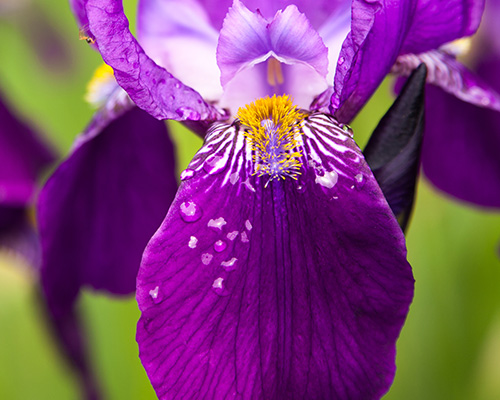
Shasta Daisy
Yes, there is a daisy considered a perennial! Shasta daisies, in addition to full sun, love moderately fertile and moist soil. You can start the seeds in a cold frame in containers during the autumn or spring, though you can also plant the seeds directly into your main garden. In the garden, loosen soil to at least 12 inches and mix in a layer of compost (approximately two inches).
Space them roughly one to two feet apart and ensure you water them thoroughly. If you do not get a lot of rainfall, water them during the summer. Use mulch and compost each spring to control weeds.
